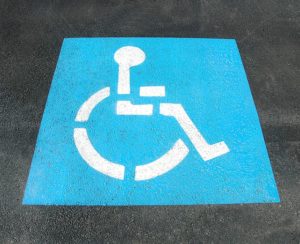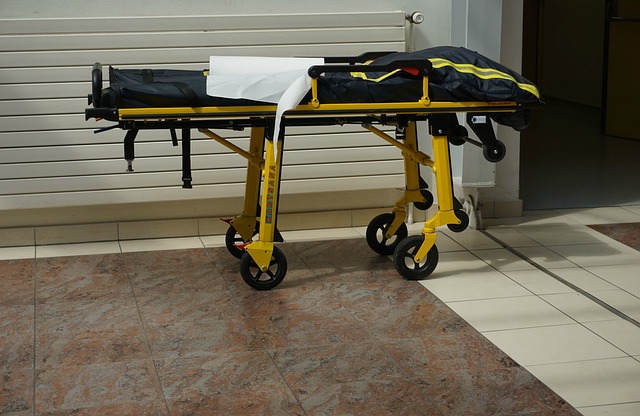Medical transport services provide air and ground transport for non-emergency and emergency health related medical passage for private, local and long distance patients. Management teams coordinate the services ensuring patients are paired with the proper staff, equipment and transport vehicles for reaching destinations safety and on-time. These are detailed services performed for private customers, and medically designated patients, aligned with the local and distant city’s medical institutions and health care facilities.
Services can vary from patient to patient with air transport programs specializing in handling cancer, donors and children with critical and life-threatening medical transport requirements. Charity associations are known to offer support working with expert medical staff, particular vehicles and necessary equipment for children needing assistance with life threatening illnesses.
Ground services involve wheelchair vehicles, ambulances, vans or mini-buses simplifying pick ups and drop offs from hospitals, health care facilities, agencies and managed care services. Streamlining the ground transportation is beneficial for stable elderly and disabled persons in need of local non-emergency services. Planning ahead and scheduling these transport services help to make sure program schedules for rehabilitation, specialized office appointments and treatment visits are met on time. Scheduling is also part of ensuring vehicle utilities are available for reaching the destination of arrivals and departures.
Transport core services are focused on the quality of assisting patients and clients in need of passage services, ensuring safe arrivals, while providing experienced and reliable transportation solutions meeting the patient, medical staff travel requirements, and responding to care givers and family members concerns. Management teams are experienced in communicating with clients and caregivers verifying each individual’s health condition for non-emergency and emergency transportation needs as part of the travel process.
No matter, which level of transport is scheduled only the most current and updated technology is accessible with certified and trained resources available to guarantee quality services for the patient, medical staff, care givers and family members. The transport vehicles are equipped to work with interior seating to accommodate passenger capacity. Selections of handicap vans allow family members to accompany, mini-bus for multiple persons with side or rear entries equipped with ramps for stress-free boarding are assigned as a matter of course.
 Non-emergency transports for local and interstate typically offer services for elderly and disabled people unable to drive themselves. These services also give an alternative for family members with working schedules and career obligations, while ensuring loved ones are transported safely to specified destinations. The elderly and retired population find these services liberating allowing them to keep some form of independence through these later years, while at the same time, they are able to socialize with other individuals sharing similar health limitations.
Non-emergency transports for local and interstate typically offer services for elderly and disabled people unable to drive themselves. These services also give an alternative for family members with working schedules and career obligations, while ensuring loved ones are transported safely to specified destinations. The elderly and retired population find these services liberating allowing them to keep some form of independence through these later years, while at the same time, they are able to socialize with other individuals sharing similar health limitations.
Transport drivers are trained to operate these specialized vehicles, assisting passengers with medical equipment and in most cases; the drivers are certified in first aid training as part of their involvement with transporting medically challenged individuals. Basically, non-emergency transportation is about logistics, getting persons from one place to the next in comfort with proper heating, air-conditioning, seatbelts compliances and cleanliness.
For most passengers, local destinations include to and from doctor and therapy appointments, or returning home once hospital procedures have been completed and the patient is released. Routine transport services may include regularly scheduled visits for dialysis treatment, dental appointments, or optometrist visits. Transport services offer an unmeasured value as a reliable means of transport, partnering with the private community and medical providers.
Long distance and interstate non-emergency usually involved transporting an individual over 200 miles for out of the area rehabilitation or specialized treatment centers. An essential need for this length of travel requires coordination and direct communications with family members and health care officials about specific travel conditions for the duration of transport. Transport vehicles will be equipped with basic medical gear and from time to time, the need to customize the transport for additional caretaking and may be necessary.
Decisions can be complicated when transporting long distances, and management teams will provide information and recommendations for getting loved ones and patients’ safety to the destination. Considerations also include having the proper medical staff on board to aid with medical health care, administering prescribed medication, and monitoring dietary considerations for nutritional meals supporting specialty diets on request.

